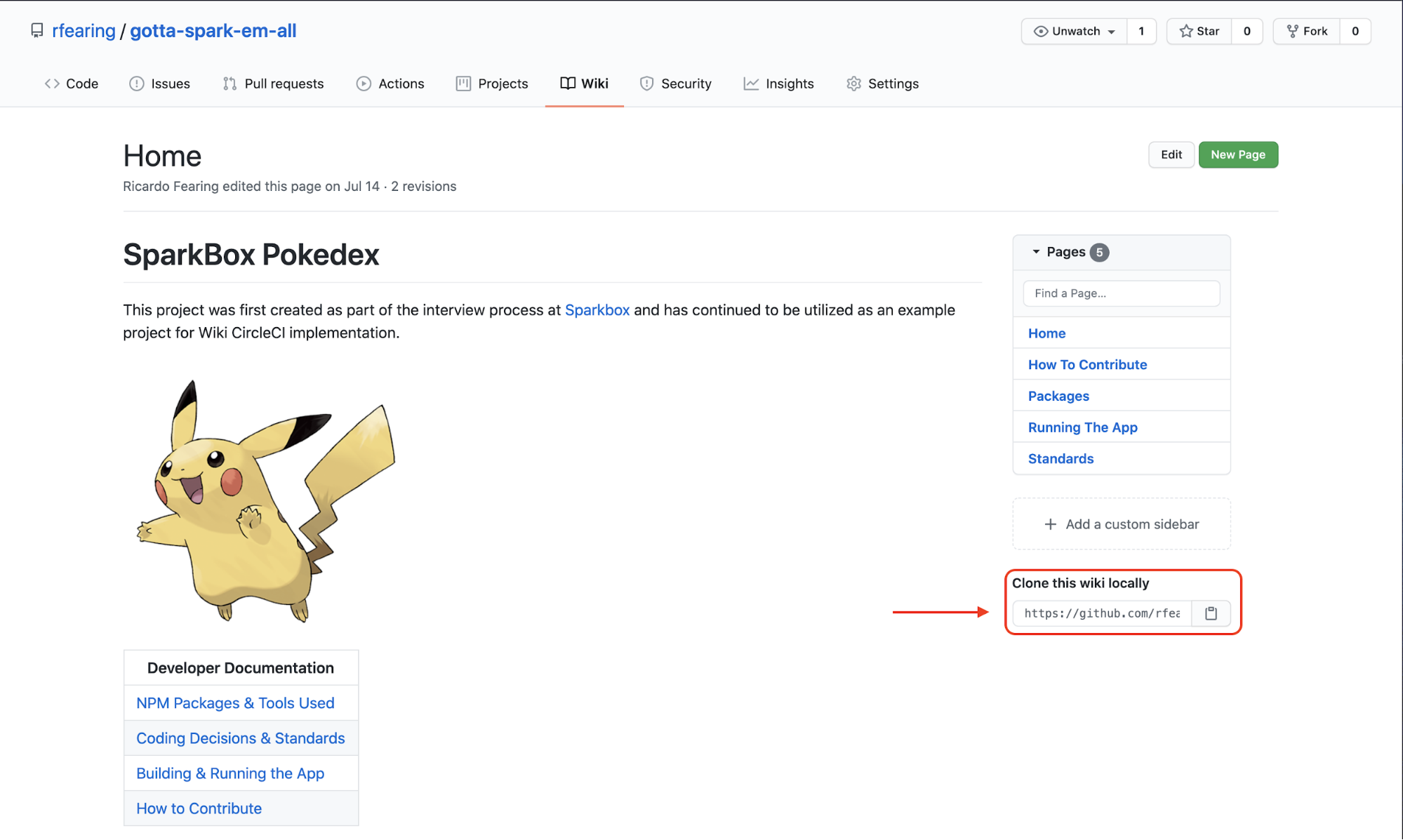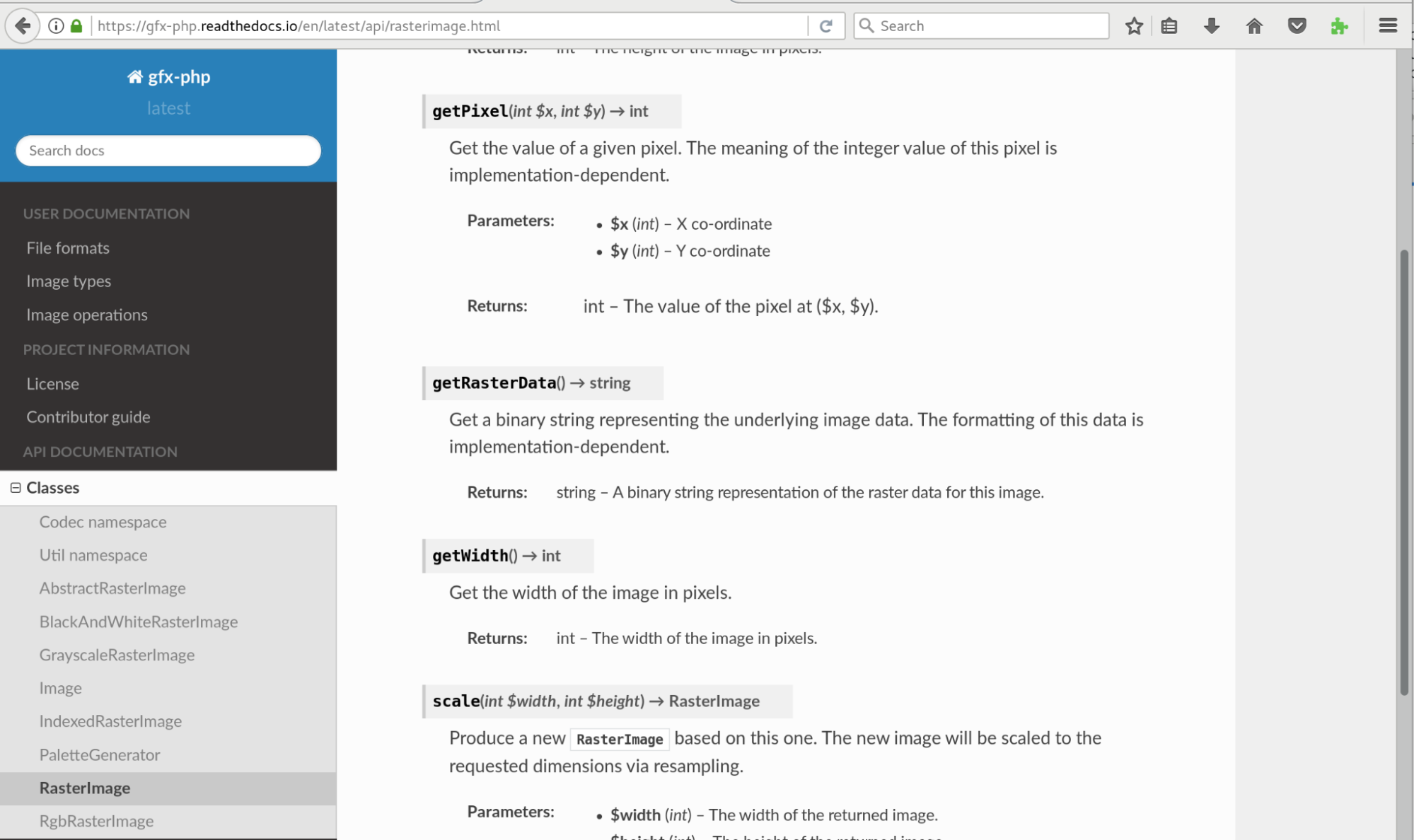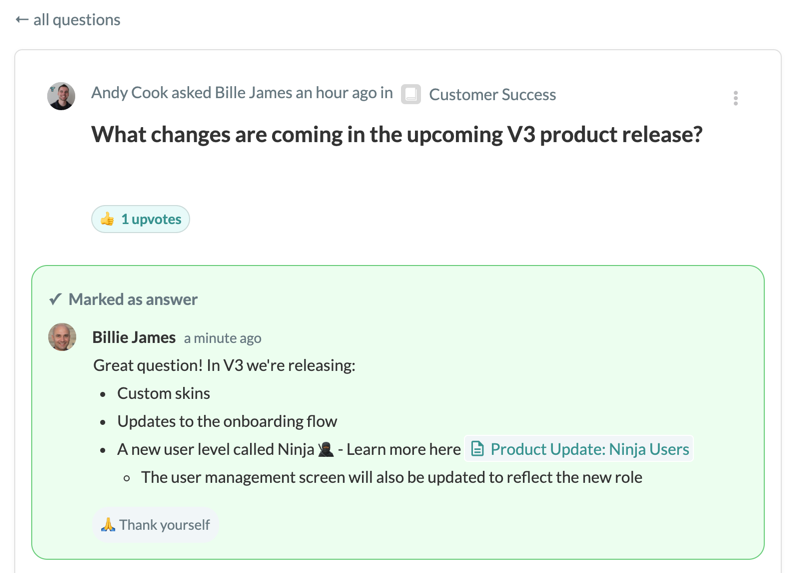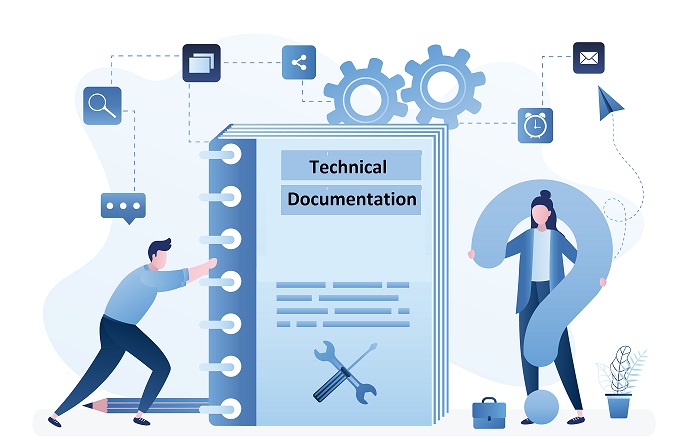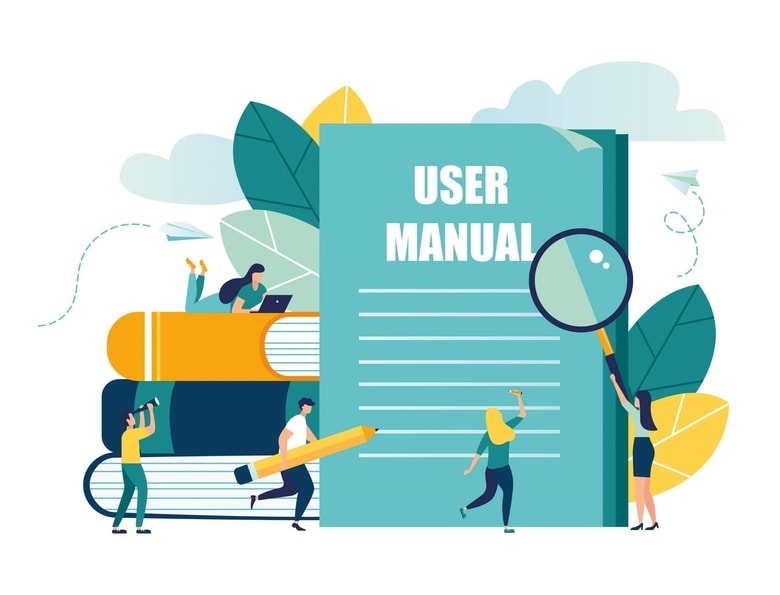
Overview:
The best software documentation clearly explains software functionality for both developers and end users. Tools like GitBook, Read the Docs, and Helpjuice stand out by offering real-time collaboration, markdown support, and intuitive interfaces. Choose tools that simplify authoring, support versioning, and match your team’s technical skill.
Ever had one of those days where you're knee-deep in a labyrinth of software documentation, desperately hunting for that one elusive guide, tutorial, or technical spec? Trust me, we've been there too. It can feel like you're on a wild goose chase, can't it? The truth is, efficient software documentation is the secret sauce that keeps the gears of development processes well-oiled and customer support humming along. But let's face it, it can often turn into a gnarly puzzle.
That's why we've dedicated hours to researching, comparing, and deciphering the world of software documentation tools. Our mission? To save you from the hassle and uncertainty.
In this blog post, we won't just be rattling off a list of the top software documentation tools of 2025. Nope, we're going to dive deeper than that. We'll be your tour guide through the nitty-gritty details of each tool — their unique features, pricing, and even how they might be the perfect fit for your specific needs.
Whether you're a developer in need of a tool that's got the muscle for heavy-duty tech requirements, or a product manager on the hunt for user-friendly guides to delight your customers, rest assured, we've got your back. We'll help you find the perfect software documentation solution that will empower your team, satisfy your users, and give you the peace of mind you've been seeking.
Software Documentation Types: Developer vs End-User Documentation
Software documentation is any written or visual material that explains how a software product or system works and how to use it. It can include various documents and resources, such as user guides, tutorials, API documentation, release notes, and more. You can divide it into two main categories: developer software documentation and end-user software documentation.
1. Developer Software Documentation
This type of documentation is aimed at helping developers understand, maintain, and enhance the software. It usually includes:
- Technical Documentation: Information about the code, algorithms, interfaces, APIs, and other technical aspects of the software.
- API Documentation: Detailed information about the functions, classes, return types, arguments, etc., provided by the software's API. Well-structured API documentation also forms the basis of API contract testing, as teams use these specifications to define and validate the behavior outlined in an API contract.
- Software Design Documentation: Documents the architecture of the software, including data flow diagrams, schema diagrams, and more.
- System Documentation: Includes details about the system and its components, such as system specifications, data diagrams, installation instructions, etc.
- Process Documentation: Documents the processes and procedures used during the software development process, such as coding standards, testing procedures, and issue tracking procedures.
- Test Documentation: Includes test plans, test cases, test scripts, and other documents that guide testing processes and record results.
2. End-User Software Documentation
This type of documentation is aimed at helping end-users understand how to use the software. It usually includes:
- User Documentation: This includes user manuals, help guides, tutorials, and FAQs that explain how to use the software.
- Requirements Documentation: Although typically used in the planning phase of a project, this type of documentation outlines the software's purpose, features, functionality, and behavior, which can be useful for users trying to understand what the software is intended to do.
Both types of software documentation are essential for the success of any software project. They ensure that the software is well-designed, well-tested, well-maintained, and well-used.
Also, it's important to note that while these categories are useful for organizing documentation types, in practice, there can be significant overlap. For instance, good API documentation may be useful for both developers integrating with the software and technically-minded end users. Similarly, detailed user guides may be helpful for developers looking to understand the software's intended functionality and user interface.
Top Software Documentation Tools for Developers
This category involves internal documentation that is both created by and serves the dev team, often pertaining to a specific software product or tool.
Examples include:
- Software architecture diagrams
- Code comments and annotations
- Test cases and their respective results
- Software version release notes
Because of the specialized nature of their software, dev teams typically look for document collaboration tools that can be tailored to their specific needs.
Such as...
1. GitHub Pages
GitHub Pages is one of the most commonly-used tools for software and technical documentation — among many other processes.
GitHub Pages is a static site hosting service that seamlessly integrates with a GitHub repository. It is commonly used to host project websites, documentation, blogs, and more. This service offers a straightforward way to take your project documentation or website from a GitHub repository and host it online.
GitHub Pages Features
- Simple publishing directly from a GitHub repository
- Supports HTML, CSS, and JavaScript, as well as Jekyll, a static site generator
- Provides one site per GitHub account and organization, and unlimited project sites
- Custom domain support with free HTTPS
- Automatic page generation and theme selection
GitHub Pages Pricing
- GitHub Pages are available through GitHub Team at $4/user per month
- GitHub’s Enterprise tier starts at $21/user per month
2. Read the Docs
Read the Docs is an open-source software documentation tool that promises to simplify the process for dev teams by automating building, versioning, and hosting their technical documents for them.
This platform supports Sphinx docs written with reStructuredText, and can automatically build and version your docs for you. Read the Docs places emphasis on the simplicity of the documentation process and usability.
Read the Docs Features
- Docs viewable as web pages, PDFs, HTML, and eReader files
- Branching and versioning ensures no overlap when updating docs
- Free hosting with a custom domain
Read the Docs Pricing
- Free, open-source tool and hosting for one build
- Premium Options:
- $50/month for 2 builds, 48-hour support response time
- $150/month for 4 builds, analytics features, and advanced customization options
- $250/month for 6 builds, advanced analytics, and 24-hour support response time
3. Haroopad
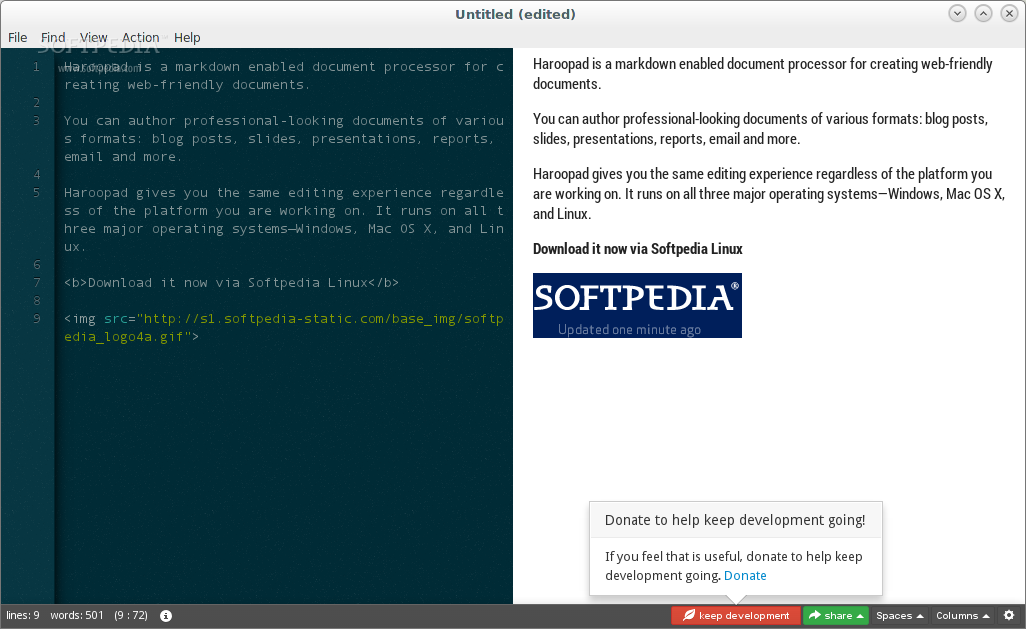
Haroopad, by HarooPress, is a highly-visual document processor for technical and development teams.
The charm of Haroopad is in its simplicity. As stated on the team’s website, “Markdown is simple, but has...portability and extensibility. The goal of the Haroopad is also simple: To be a web friendly document editing tool.”
Still, Haroopad manages to deliver the functionality and customizability we’ve come to expect from these open-source solutions.
Haroopad Features
- Themes, skins, and customizable UI components
- Import files from YouTube, Twitter, Vimeo, Slideshare, Flickr, Instagram, and more
- Export documents to Workpress, convert to PDF/HTML
Haroopad Pricing
- Haroopad is completely open-source.
4. Apiary
Apiary is focused on API documentation and provides an efficient platform to design, prototype, document, and test APIs. It provides a blueprint for your API project, making it easier for your team to stay synchronized.
One of its unique features is providing real-time feedback and seeing your API's behavior as you write it, making it quite interactive. Additionally, Apiary supports API Blueprint and OpenAPI formats.
Apiary Features
- Focus on API documentation with support for API Blueprint and OpenAPI
- Real-time feedback and interactive API behavior
- Offers a unified API project blueprint for better team synchronization
Apiary Pricing
- Free
5. Doxygen
Doxygen is a standard tool for generating documentation from annotated C++ sources, but it also supports other popular programming languages such as C, Objective-C, C#, PHP, Java, Python, IDL, Fortran, VHDL, and more.
Doxygen can generate an on-line documentation browser (in HTML) and/or an off-line reference manual (in LaTeX) from a set of documented source files. The documentation is extracted directly from the sources, which makes it much easier to keep the documentation consistent with the source code.
Doxygen Features
- Generates documentation from a wide range of programming languages
- Extracts documentation directly from source code for consistency
- Can generate both online (HTML) and offline (LaTeX) documentation
Doxygen Pricing
- Free
6. GitBook

GitBook is a modern documentation platform where teams can document everything from products to internal knowledge-bases and APIs. It provides a user-friendly interface for collaborative writing and managing documentation. GitBook supports Markdown and allows for the easy embedding of rich content like diagrams and code snippets.
GitBook Features
- Collaborative writing with an intuitive user interface
- Markdown support for simple and clean writing
- Integration with popular tools like GitHub and Slack
- Rich content embedding, such as diagrams and code snippets
- Version control and history tracking for easy revisions and updates
GitBook Pricing
- Personal plan for open-source developers is free
- Plus: 6.70 per user per month
- Pro: 12.50 per user per month
- GitBook also offers an enterprise plan which has customized pricing depending on your needs
Interested in Gitbook alternatives? If Gitbook has caught your attention but you’re on the lookout for different functionalities or want to explore a broader spectrum of options, check out our post on the top Gitbook alternatives.
7. Postman

Postman is a comprehensive tool for API development and documentation. With Postman, developers can design, mock, debug, test, document, monitor, and publish APIs all from one environment. It also offers automated testing capabilities, allowing developers to create robust APIs.
One of Postman's standout features is its automatic generation of detailed documentation for your API, which is updated in real-time as you make changes, and can easily be shared with your team or made publicly accessible.
Postman Features
- Powerful API testing and development tool
- Auto-generation of API documentation
- Real-time updates to documentation with API changes
- Collaborative environment that allows sharing of API, collections, and environments
- Integration with popular version control systems like GitHub
Top Software Documentation Tools for End Users
Software documentation not only serves developers but is also essential for end users, encompassing a range of resources developed with the user's perspective in mind.
Incidentally, “the user” may refer to the various members of your team, or it may refer to your customers.
A few examples here include:
- Quick start guides
- Knowledge base articles
- Product specification documents
- Step-by-step tutorials or how-to guides
- Troubleshooting guides
While the development team may contribute to creating user-oriented documentation, the process typically involves collaboration across different departments such as marketing, sales, and customer service — essentially any customer-facing division within your organization.
Given this diversity in user profiles, it's vital to choose a software documentation tool that is accessible and intuitive, even for those who may not be technically inclined. Such tools should facilitate easy comprehension and navigation, ensuring a smooth user experience for all involved.
Some tools to consider include…
1. Helpjuice
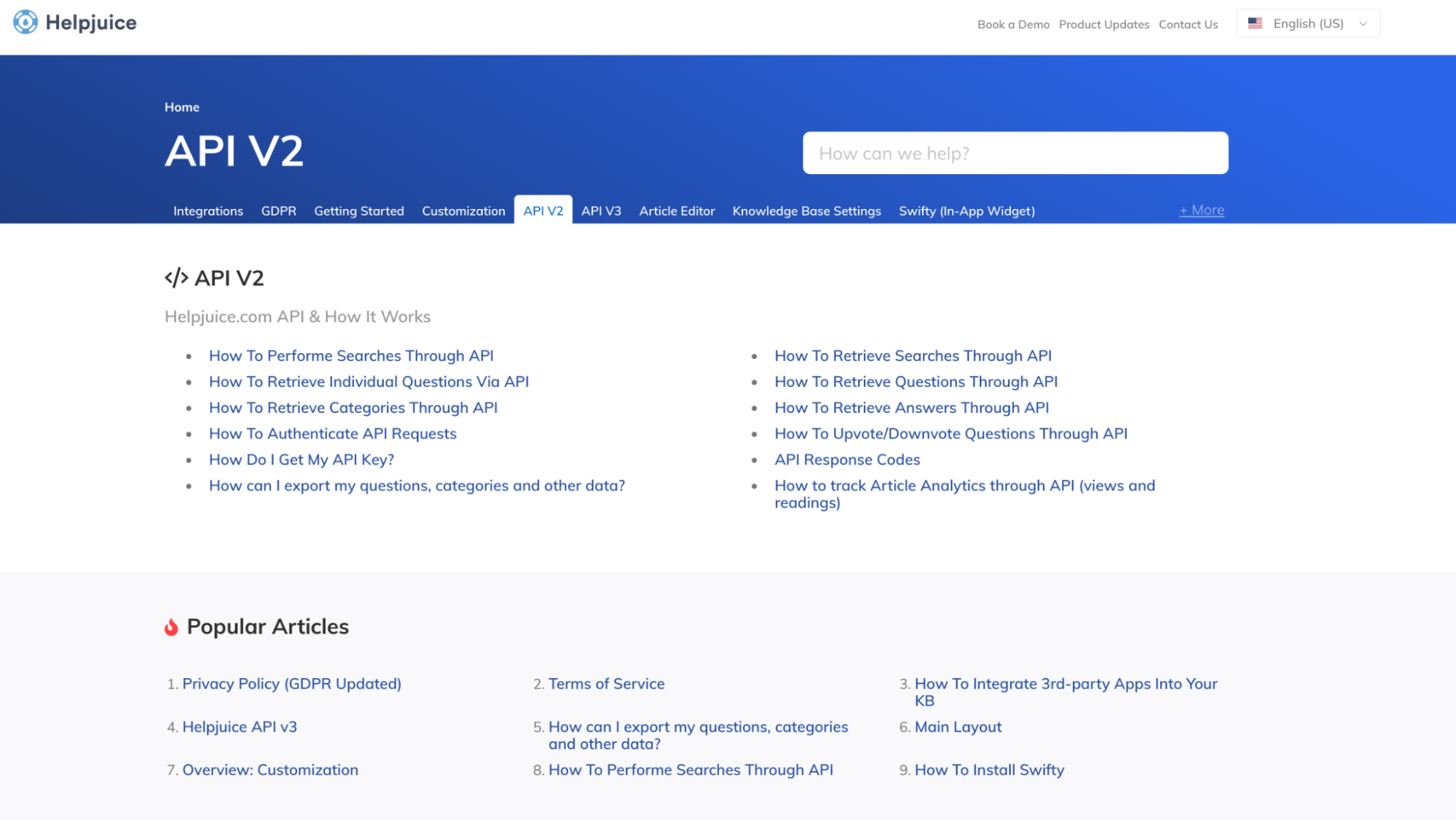
Helpjuice’s knowledge base software is an all-in-one solution for your team’s knowledge management needs — software documentation processes included.
With Helpjuice, teams can create, publish, and deliver helpful software documentation to internal users, and to the customer. On the user’s end, Helpjuice presents this documentation through an intuitive, user-friendly interface — allowing for maximum browsability and digestibility of information.
Overall, Helpjuice allows you to develop software documentation with the end-user in mind.
In some cases, this may mean diving deep into technical explanations and information. In others, it may mean delivering technical information in a more simplified, comprehensible manner.
Either way, using Helpjuice to create a knowledge base will ensure you can create and share great documentation with the relevant stakeholders.
Helpjuice Features
- Limitless authoring, formatting, and editing of text and multimedia content
- Templates for streamlined knowledge creation and organization
- Advanced search functionality makes finding the right document a cinch
- Permissions ensure individuals only have access to the necessary areas of your knowledge base
- Integrations allow content to flow freely from your knowledge base to other tools and platforms
Helpjuice Pricing
Regardless of pricing tier, all Helpjuice users get access to all of the tool’s features.
- For 4 users: $120/mo
- For 16 users: $200/mo
- For 60 users: $289/mo
- For unlimited users: $499/mo
2. Confluence's Atlassian
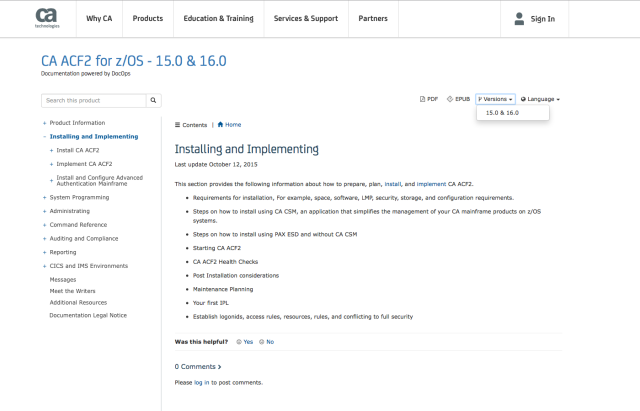
Confluence’s developer, Atlassian, refers to the tool as a “team workspace where knowledge and collaboration meet.”
Confluence is another all-encompassing knowledge management solution, with software documentation being one of the tool’s main focuses. The focus on collaboration means all stakeholders will have a hand in creating accurate, comprehensive, and user-friendly software documentation.
Templates also ensure team “spaces” and “pages” (i.e., knowledge base sections and individual documents) stay organized and uniform. Though customizable, Confluence’s templates are designed with specific use cases in mind — once again, including software documentation.
Confluence Features
- Real-time collaborative features and task management processes keep all team members on the same page
- Personalized feeds keep stakeholders focused on important documentation tasks and processes
- Integration with all Atlassian tools (and thousands of others) allows seamless delivery of documentation
Confluence Pricing
- Free: Up to 10 users, 2GB of storage, and basic documentation features
- Standard: $5/month per user, up to 20,000 users, 250GB of storage
- Premium: $10/month per user, up to 20,000 users, unlimited storage
- Enterprise option available
3. Process Street
Process Street is a business process management tool that allows teams to develop workflows, checklists, and other process documentation for recurring procedures within their organization.
Focusing on software documentation, Process Street serves two purposes:
For one, it allows teams to create procedural guides to help users navigate a piece of software, or a specific feature within a given tool. Secondly, dev teams can use Process Street to outline their own development processes — and to track their progress over time.
Process Street’s unique drag-and-drop interface allows teams to develop various software document templates, and to adjust them to specific use cases with ease. This versatility makes it a key choice for teams looking to streamline their software documentation processes.
Process Street Features
- Widgets make adding new content elements to documentation simple and easy
- Customizable templates provide structure to documents while allows teams to tweak them as necessary
- Process management and performance analytics allow for continuous improvement of software documentation workflows
Process Street Pricing
- Free for up to 5 full team members and 5 workflows
- Pro: $25/month per user, unlimited full users, and intensive customer support
- Enterprise option available
4. Bit.ai
Bit.ai is a powerful tool for workplace and document collaboration.
In fact, its heavy focus on interactivity and real-time collaboration is what makes Bit.ai such a prime choice for software documentation purposes.
On the developer’s side, dev teams can add code blocks and other elements to documents as needed — all while working with other team members to improve the documentation in question. Less technical teams can also easily collaborate in-doc, adding multimedia and other content to software documentation as appropriate.
For end-users, the end result is an interactive document that delivers the exact information they need in the most convenient and digestible way possible.
Bit.ai Features
- Minimalist, Markdown-supported interface allows teams to create and edit documentation to their liking without distraction
- Portals, rooms, and passwords can all be used to allow or disallow access to certain documents
- Integrates with over 100 other tools
Bit.ai Pricing
- Free for up to 5 members, 50 documents, and 1GB storage
- Pro Plan: $8/month per user, unlimited users and documents, and 500GB storage
- Business Plan: $15/month per user for advanced tracking, access to customer success and support teams
- Enterprise Plan available
5. Tettra
Tettra is an internal, corporate wiki tool that focuses on delivering need to know answers to common questions as quickly as possible.
At the most basic level, Tettra acts as a sort of Q&A forum on which team members can ask and answer technical and operational questions for all to see. Basically, you can think of it as an organization-specific Quora.
For software documentation purposes, Tettra allows teams to collect frequently asked questions regarding product specs, technical processes, and troubleshooting info all in one place. Internal users can then use the Q&A database to find the information they need without having to reach out to the dev team or other SMEs.
Tettra Features
- Content verification ensures answers are accurate and comprehensive — and provides SMEs the opportunity to expand on documentation as needed
- Slack and MS Teams integrations allows users to find answers directly within these tools
- Usage analytics allows teams and SMEs to make improvements to documentation over time
Tettra Pricing
- Free for up to 10 users, basic Q&A features
- Scaling: $8.33/month per user, up to 250 users, for all features
- Enterprise available
6. WhatFix
WhatFix is a digital adoption platform, aiming to enhance team productivity and overall business outcomes by making it easier for teams to adopt new technology.
It does so by allowing teams to provide interactive, omnichannel documentation and support throughout software onboarding processes.
With WhatFix, teams can deliver dynamic, in-app support to new users — and point them toward further learning as necessary. Users can also access pertinent software documentation directly in-app — making for a streamlined first experience with the tool.
WhatFix Features
- In-app messaging, notifications, and interactive prompts ensure users get the most out of their learning experiences
- Automated personalization delivers information to individual users in multiple ways based on context and preference
- Conditional workflows add to the interactive nature of software documentation — and ensure all users are able to do what they set out to do
WhatFix Pricing
- WhatFix prices its services on an individual basis. Contact them for a quote.
What’s the Best Software Documentation Tool for Your Team?
As you can probably tell, there really is no “best” software documentation tool out there.
The best one for your team, though, is the one that:
- Allows developers and SMEs to build software documents with ease
- Enables end-users to find the information they need to stay productive
- Delivers the most value to all stakeholders at a price your team can afford
That said, if you're looking for a software documentation solution for your end users, Helpjuice provides all of this — and much more — at a price that scales with your needs. Best of all, you can try it out free for 14 days before you make a decision.
Ready to get started? Book a demo today!
